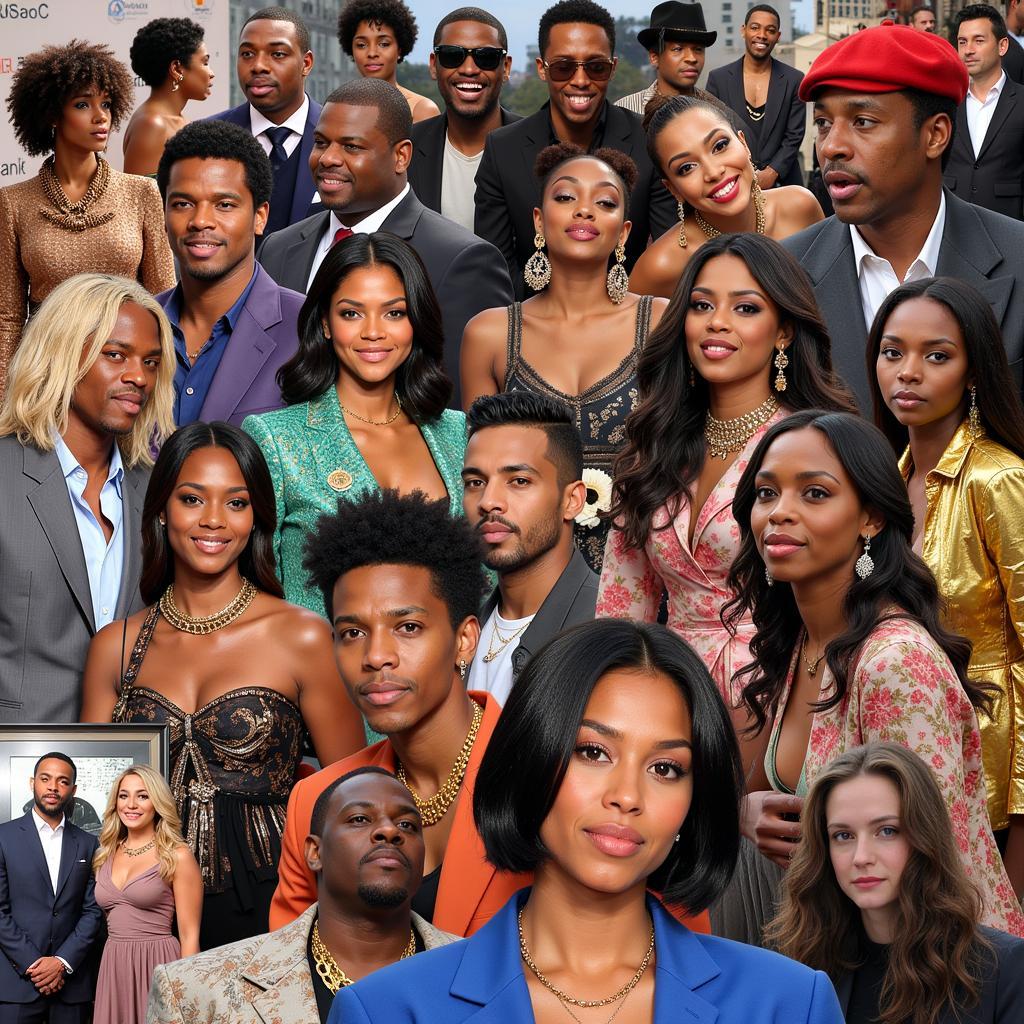Exploring the Complexities of African, Asian, and Caucasian Skulls
The term “African Asian Caucasian Skull” often arises in discussions about human variation, particularly in outdated anthropological contexts. It’s crucial to approach this topic with sensitivity and an understanding of the limitations of using skull morphology to categorize people. While there are some broad, average skeletal differences between populations originating from different geographical regions, these variations exist on a spectrum and do not define distinct racial categories. This article aims to delve deeper into this complex topic, dispelling myths and promoting a more nuanced understanding of human diversity.
Understanding Skull Variations Across Populations
Historically, researchers attempted to categorize human skulls into distinct racial groups based on characteristics like facial projection, nasal aperture shape, and cranial capacity. However, these efforts have been widely criticized for their inherent biases and flawed methodology. Genetic research has since revealed that human variation is far more complex than these simplistic classifications suggest. Focusing on regional skull differences can reinforce harmful stereotypes and ignore the vast diversity within populations.
While some general skeletal trends can be observed, it’s important to remember that these are averages across large groups, and individual variation is significant. Furthermore, environmental factors and evolutionary pressures can also influence skull morphology. Factors like diet, climate, and disease prevalence can contribute to variations in skull shape and size.
The Flawed Concept of Race and Skull Morphology
The notion of distinct races based on skull shape is a social construct, not a biological reality. While “african asian caucasian skull” might be a search term people use, it’s essential to understand the problematic nature of this categorization. Genetic variation exists within populations far more than between them. Attempting to categorize people into distinct racial groups based on skeletal features is not only scientifically inaccurate but also perpetuates harmful stereotypes. It is crucial to approach the study of human variation with respect and an understanding of the shared ancestry of all humans.
Modern anthropology recognizes the fluidity of human populations and the interconnectedness of our evolutionary history. Instead of focusing on superficial differences, scientists are increasingly interested in understanding the genetic and environmental factors that contribute to human diversity.
Why “African Asian Caucasian Skull” is a Misleading Search Term
The search term “african asian caucasian skull” reflects a desire to understand human variation, but it also perpetuates a flawed framework. While acknowledging the historical context of this terminology is important, it’s equally vital to challenge its underlying assumptions. Using “african asian caucasian skull” reinforces the idea of distinct, separate racial categories, which are not supported by scientific evidence. Instead, we should focus on understanding human variation as a continuous spectrum, influenced by both genetics and environment.
Moving Beyond Outdated Classifications
We must move beyond outdated classifications and embrace a more nuanced understanding of human diversity. Instead of using “african asian caucasian skull” to categorize people, we should focus on appreciating the rich tapestry of human variation. This involves recognizing the interconnectedness of human populations and the shared ancestry that unites us all. By understanding the limitations of using skull morphology to categorize race, we can promote a more accurate and respectful view of human diversity.
Dr. Anika Patel, a renowned biological anthropologist, states, “Human variation is a beautiful and complex phenomenon. We must move beyond simplistic racial categories and embrace the rich tapestry of human diversity.” Her words highlight the importance of shifting our perspective and focusing on the interconnectedness of human populations.
african american skull vs caucasian provides further insight into these complex issues. Understanding the flaws in using skull morphology for racial classification is crucial for fostering a more inclusive and accurate understanding of human diversity.
Dr. Kwame Asante, a leading expert in human genetics, adds, “Genetic research has clearly demonstrated that human variation is far more complex than traditional racial classifications suggest.” His statement underscores the importance of incorporating scientific evidence into our understanding of human diversity.
Conclusion
The term “african asian caucasian skull” reflects a historical approach to understanding human variation that is now considered outdated and misleading. While there are some broad average differences in skull morphology across populations, these variations do not align with traditional racial categories. Moving forward, it’s crucial to embrace a more nuanced and scientifically grounded understanding of human diversity, recognizing the interconnectedness of all human populations and the fluidity of human variation.
FAQ
- What are the limitations of using skull morphology to categorize race?
- How does genetic research challenge traditional racial classifications?
- What are the environmental factors that can influence skull shape and size?
- Why is the term “african asian caucasian skull” misleading?
- How can we promote a more accurate and respectful understanding of human diversity?
- What are some of the key differences between ancient and modern approaches to studying human variation?
- How does the concept of clinal variation challenge traditional racial categories?
Further Questions to Explore
- What are the ethical implications of using skull measurements in anthropological research?
- How do cultural practices and beliefs influence perceptions of skull morphology?
- What are the latest advancements in genetic research related to human variation?
For further information and support, please contact us: Phone: +255768904061, Email: [email protected] or visit us at Mbarali DC Mawindi, Kangaga, Tanzania. We have a 24/7 customer service team.


